UPDATE | December 25, 2023
Job seekers come from a variety of backgrounds, strengths, knowledge and aspirations. Applying to a variety of job opportunities by taking advantage of these characteristics, a resume is required for general selection at any company or organization. If you want to apply to a Japanese company or organization, you will most likely have to submit a Japanese-style resume. I wrote this article for those who have never written a Japanese resume and those who want to improve their own resume. If you have any questions regarding your resume, please check it out!
INDEX
Resumes have various characteristics depending on the country. For example, in Western resumes, date of birth and age are not included, but in Japan, they are required. Also, in some countries it is basic not to take a photo of your face, but in Japan, a photo of your face is required, and on top of that, there are rules and etiquette for how to take photos.
In some countries, resume formats are free, but in Japan, resume formats are generally the same. Also, many universities have school-specified resumes, so we recommend checking the homepage of the school you will be attending or contacting the career center. If the school you are attending does not have a designated format, you can buy a handwritten resume at a convenience store or stationery store, or you can search for and download a digital format for your computer online.
アクセス日本留学also has an original format for international students, so feel free to use it.downloadPlease use it!
If you are a new graduate student with no work experience yet, unless you receive special instructions from the company you are applying to, it is basically sufficient to submit a resume and transcript, but if you have work experience, A document called "work history" is also required. (This article is limited to how to write a resume.)
The photo you put on your resume will affect your first impression, so make sure it looks clean. Also, the basic rule is to select photos taken within the last 6 months. The basic size is 40mm x 30mm.
You can take a photo for your resume at a photo studio or at an ID photo machine located around town.
The rules for portrait photos on resumes are as follows:
|
×NG! |
improvement |
〇Good |
|
| 1. | dark look | → | Have a natural and light smile (don't show your teeth) |
| 2. | Too much laughing expression | → | |
| 3. | private clothes Take off the jacket and just the shirt |
→ | Wear a suit (jacket and shirt) |
| 4. | angled pose | → | Let's face the front |
| 5. | flashy hairstyle hairstyle that shows the hair |
→ | Have a beautiful hairstyle that shows your eyes (long hair should be tied up in a simple bun) |
| 6. | flashy makeup | → | Keep your makeup natural |
| 7. | Glasses that are too impressive | → | Wear contacts or simple glasses |
| 8. | Accessories (earrings, necklaces, hair accessories, hats, etc.) | → | Remove accessories |
| So of other |
The collar of the suit is bent and the tie is loose. | → | Be careful not to distort your shirt, tie, etc. |
| round back | → | Keep your back straight | |
| either shoulder raised | → | Open your shoulders and look in the mirror |
[PR]
From here, let's take a look at the resume format items and entry examples.
1.Date: Not the date of entry,Submission dateLet's write
2. Name: Write it in the same way as on your residence card. Add katakana furigana above the name.
3. Date of birth: Enter your date of birth.
4. Nationality: The basic resume format does not have a cell for nationality, but we recommend adding one if you are a foreign national. (It is recommended that the format ofアクセス日本留学includes a nationality cell in advance.)
5. Gender: Gender is not required but optional. (It used to be a required field, but now it is optional.)
6.Current Street address: Write Street address registered with the local government as the place where you currently live. Write furigana on top.
7. Telephone Number: Enter the contact Telephone Number. It will be used to convey the results of the selection process, so be careful not to make any mistakes.
8. E-mail address: Either your school E-mail address or your personal E-mail address is fine. However, when writing a personal address, avoid using casual phrases and use E-mail address that gives an official impression, such as using your name.
×Bad example:
343tsrgfs44w@tmail.com, animelover1999@kahoo.com, narutodaisuki@outnook.com
〇Good example:
access.nicole@tmail.com, nicole-a@ kahoo.co.jp, nicole.ac@outnook.com
Write your educational background first, then your work history. It is normal for students to have no work experience, so there is no need to write one. Also, if you are a new graduate, you can write if you have experience working part-time.
Unlike resumes in Europe and America, educational background and work history are filled out in order from the past.
10. Basically, write the beginning or end of the stage of your educational background or work history on one line. Note that the terms "start" and "end" differ depending on the institution you enter.
|
organ |
start |
Finished |
|
Academic background |
||
|
High school, Japanese language school, Professional Training College, university (undergraduate) |
admission |
graduate |
|
Graduate school (master's degree or higher) |
admission |
Finished |
|
Work history (part-time job) |
||
|
Part-time job |
Joining the company |
retirement |
|
Work history (contract employee, full-time employee, etc.) |
||
|
Company |
Joined the company |
Leaving the company |
|
Hospitals and privately run stores |
work |
retirement |
|
Bank |
Joining |
retirement |
|
Ministry |
Joining the agency |
retirement |
|
Broadcaster |
Enrollment |
retirement |
|
office |
admission |
retirement |
|
Embassy |
Admission |
retirement |
|
Other |
Joining the company |
retirement |
Next, fill out the Licenses/Certifications section.
26.Write the year and month when you obtained the qualification.
27.For qualifications or test scores, write "obtained." If you clear the level of the exam, you can write "Passed".
28. If you obtained your license in your home country, write the country name in parentheses.
29.For the name of the license or exam, write the official name without abbreviations. (Example: "TOEIC public test" instead of "TOEIC")
30. When you have finished writing everything, write "more than" on the last line.
If you don't have any qualifications, you can write about the qualifications you are currently studying and aiming for in order to appeal. For example, "I am planning to take the Japanese Language Proficiency Test N1."
We recommend that you write about "self-promotion," "what you put effort into during your university days," and "motivation for applying" as a whole, rather than separately.
There are several reasons, the main one being limited space. Even if you have many strengths, it is impossible to write about them all convincingly, and you should also respect the time of the person reading your resume. From my skillsFocus on the strengths that are most useful or most impressive to the company you are applying to.
If you can do this well, when writing your ``motivation'' statement, you will be able to focus on writing about how you specifically want to utilize your skills and strengths at your desired company. This is because what you write about ``self-promotion'' and ``what you put effort into during your university days'' will serve as evidence that ``you have those skills.''
When writing about your ``self-promotion'' or ``what you put effort into during your university days,'' be sure to include specific anecdotes.When, why, what, how, and what resultsIf you write about what you have achieved in a logical manner, your resume will be more persuasive and the content of your resume will leave a lasting impression.
For example, when you want to promote your teamwork skills, if you write something vague like, ``I completed various projects with everyone at university and got good grades,'' it will look less persuasive. When I tried to improve this, I wrote, ``When I was in third grade, we did a group project (what) in which we had to present (why) xx as an assignment for XX class. We summarized and shared the ideas in an easy-to-understand manner (how).As a result of the group members checking and organizing the brainstormed ideas, the presenter was able to smoothly introduce the results of the group assignment, and the teacher and classmates said, ``I understand.'' It received high praise: ``It's easy and fun!'' (results).
For ``Motivation,'' explain why you chose this company and this type of job. More precisely, companies want to know "why our company and not someone else's?" Be sure to write a clear motivation for your application so that you won't be told, ``I'd be fine with another company.'' To do this, it is necessary to deeply investigate the company's homepage, corporate philosophy, company culture, etc.
31. Fill in only if there are special circumstances and work conditions such as job type or work location. If not, in principle, write ``I will follow your company's regulations.''
Resumes have a strong influence on applicants' first impressions. Therefore, please be careful to enter your information carefully while considering the advice given in this article.
Other things to keep in mind:
・Are there any omissions or blank fields?
・Whether the content is summarized within 2 pages (be careful not to make your resume more than 2 pages)
・Does the file name include your full name, such as "Resume_○○○○"?
That's the point.
The purpose of a resume is to pass the document screening and proceed to the interview. When writing your resume, do your best to give the impression that you want to meet this person!

An employee of ACCESS NEXTAGE Co., Ltd. Career Support Division for Foreigners. Originally from Belarus. She will come to Japan in June 2021 and will participate in the government-sponsored research student program at Ochanomizu University until March 2023. His hobbies are PC games, drawing, and international exchange.
[PR]
[PR]